Dia do Professor: tradição, história e gratidão que formam a Família UniRV
Com 52 anos de história, a Universidade de Rio Verde consolidou-se como uma das maiores e mais respeitadas instituições de ensino superior do Brasi...
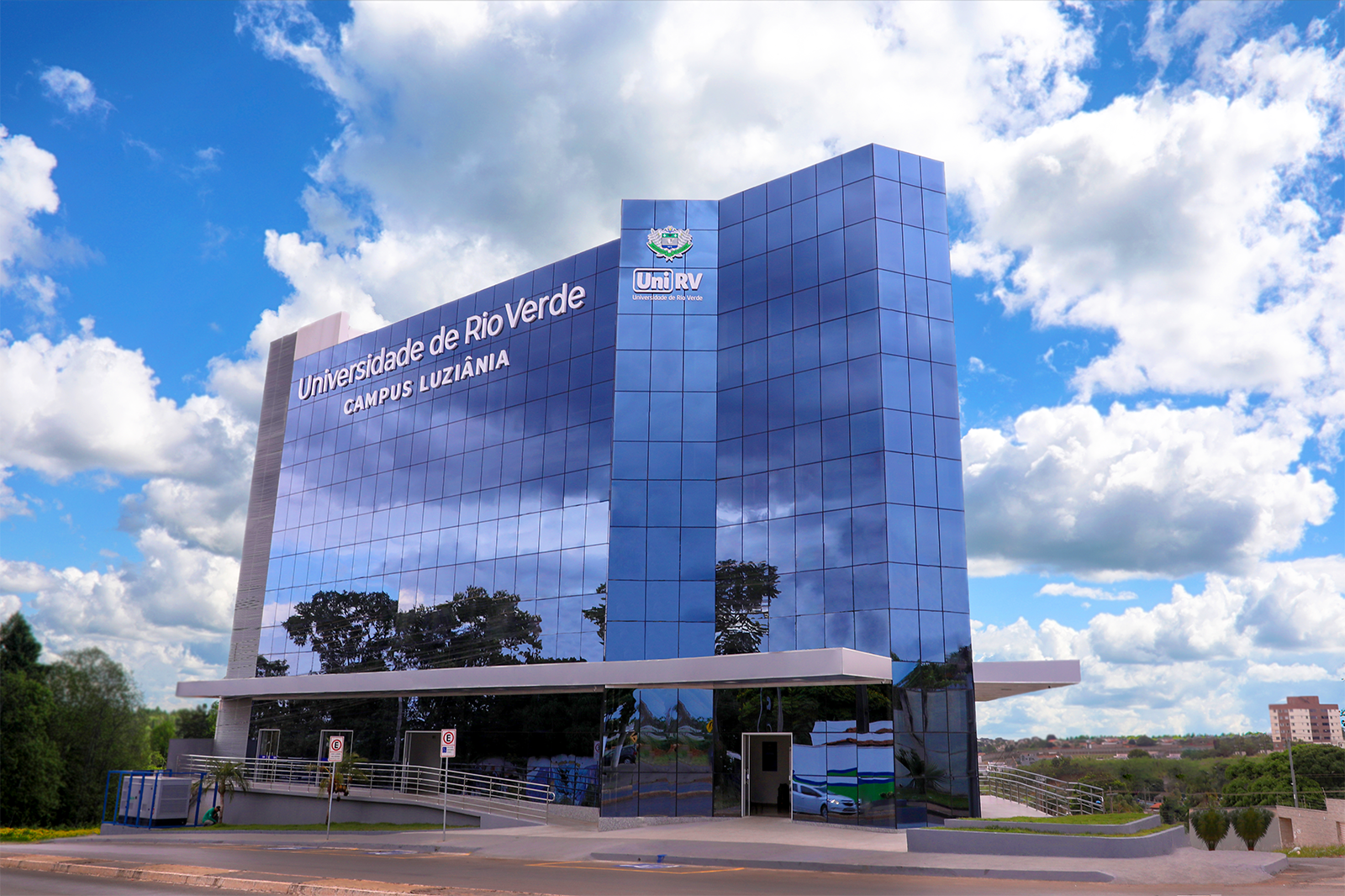

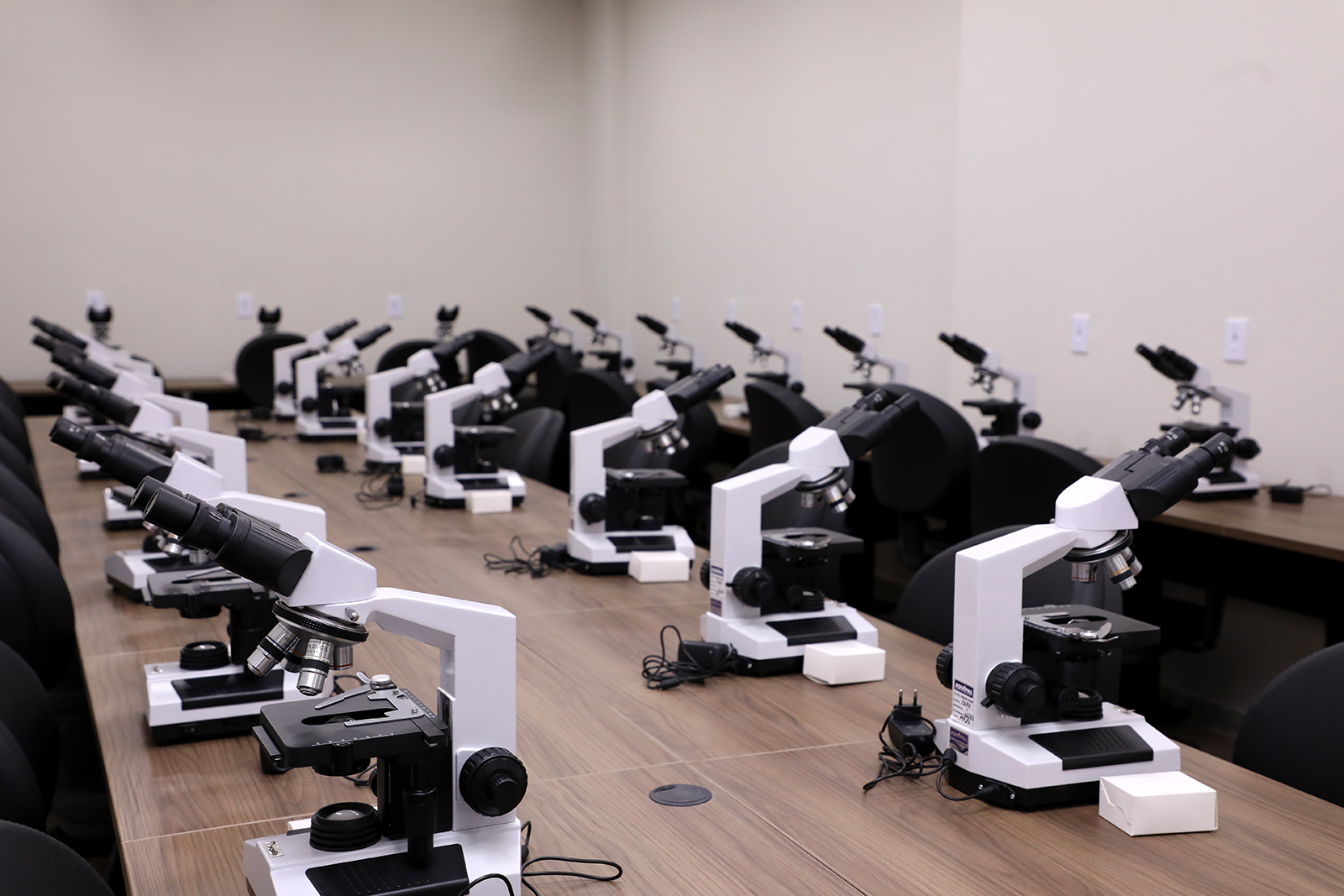

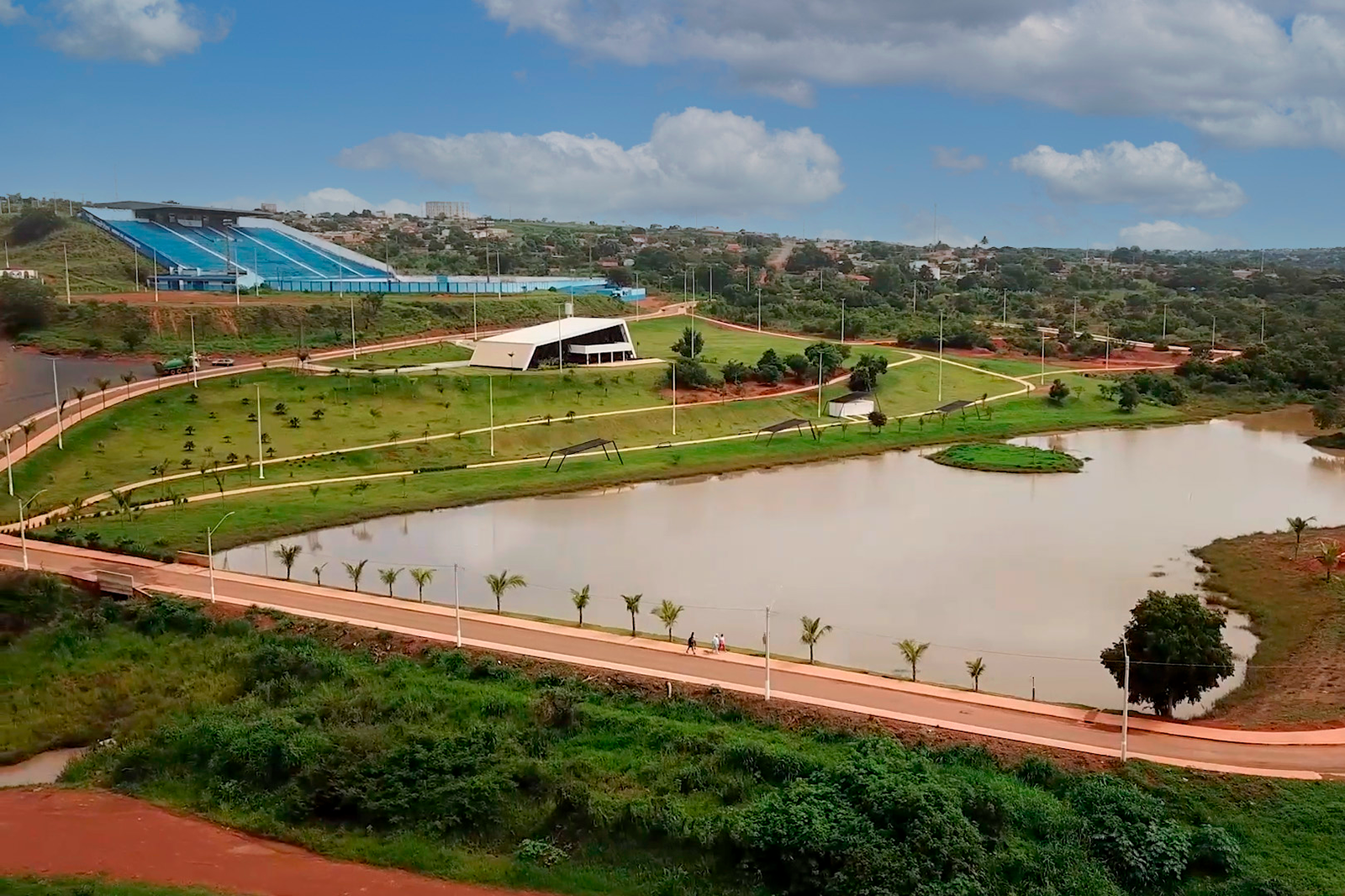
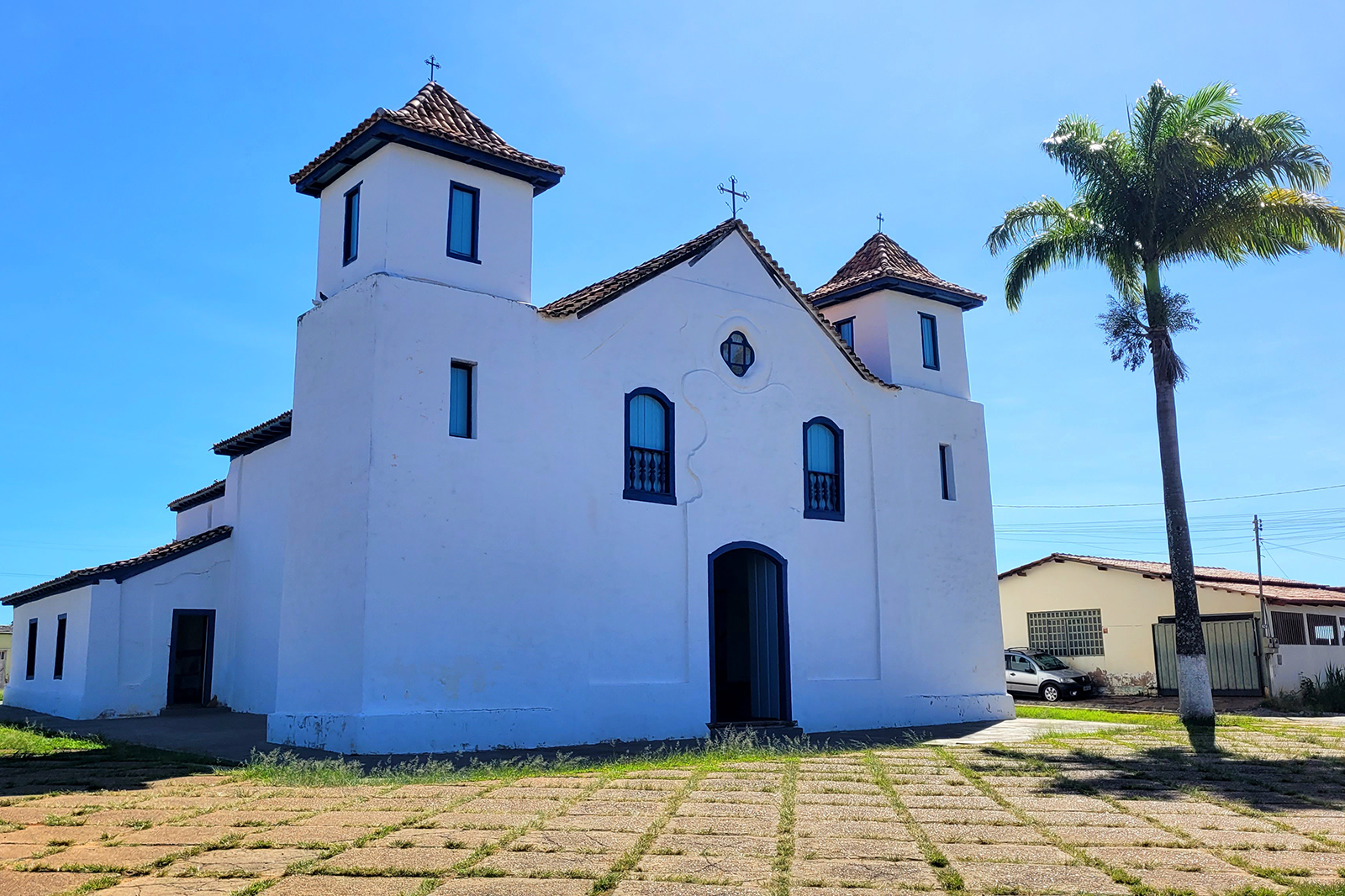
.png)
.png)
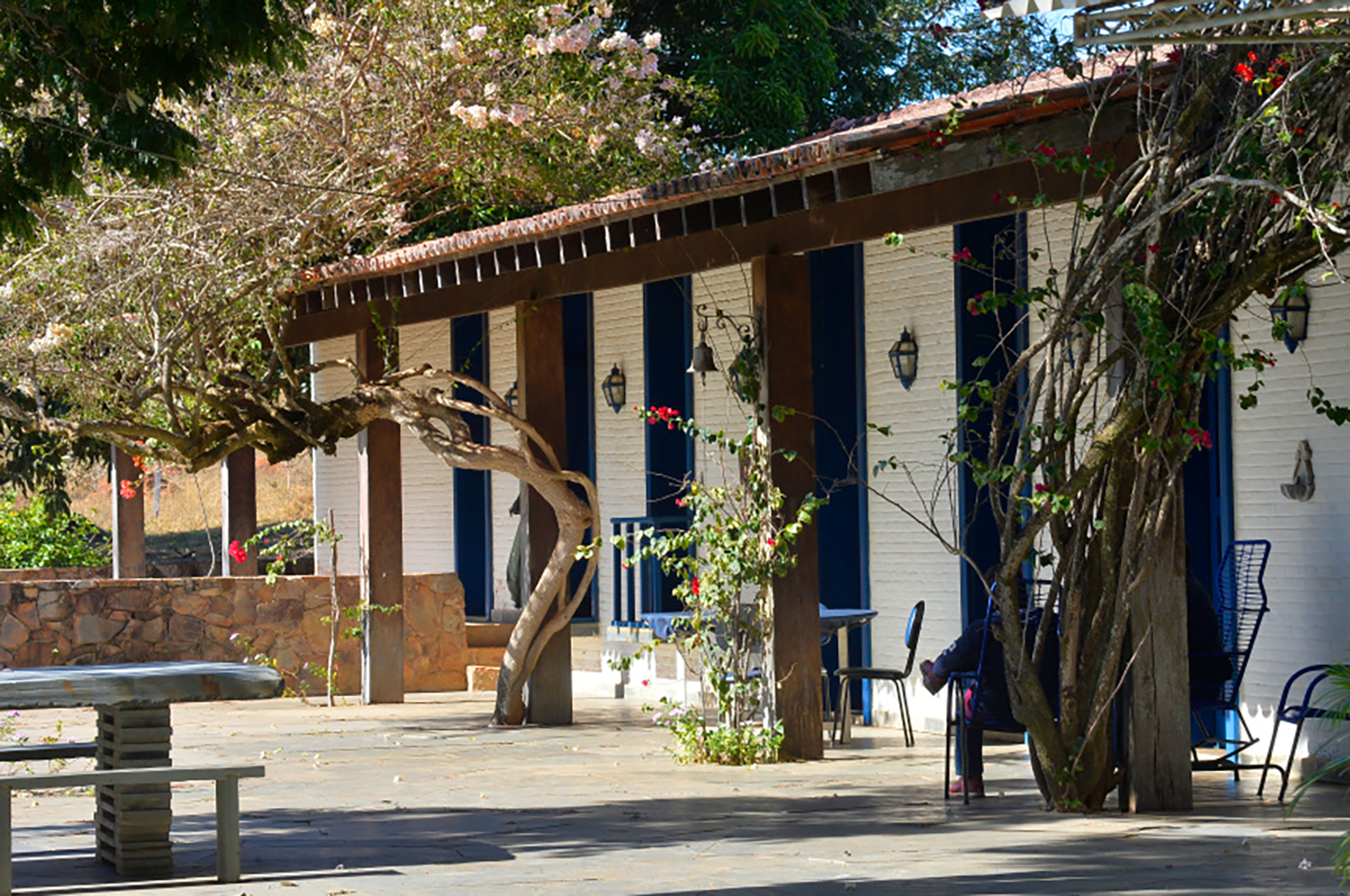
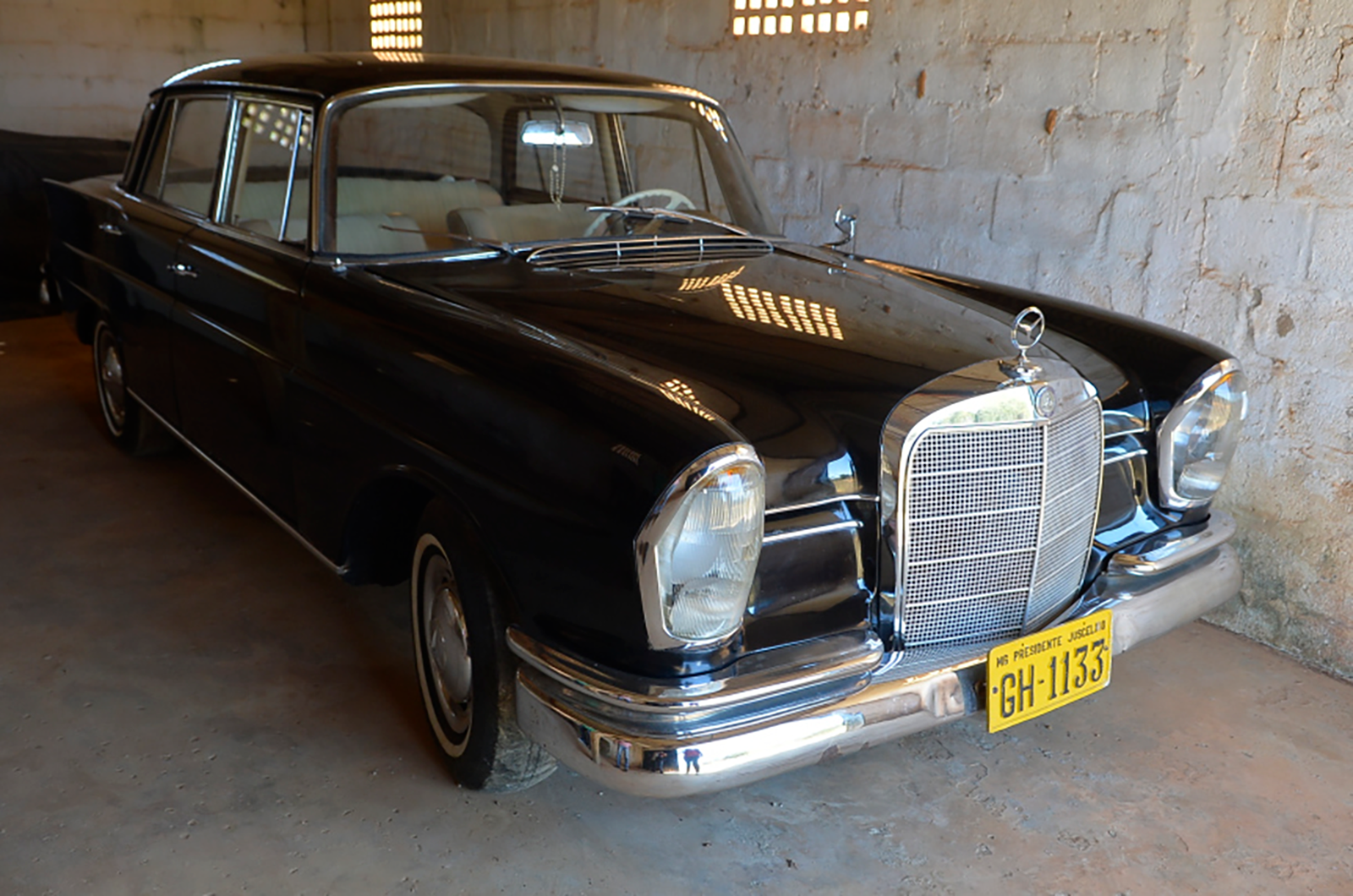
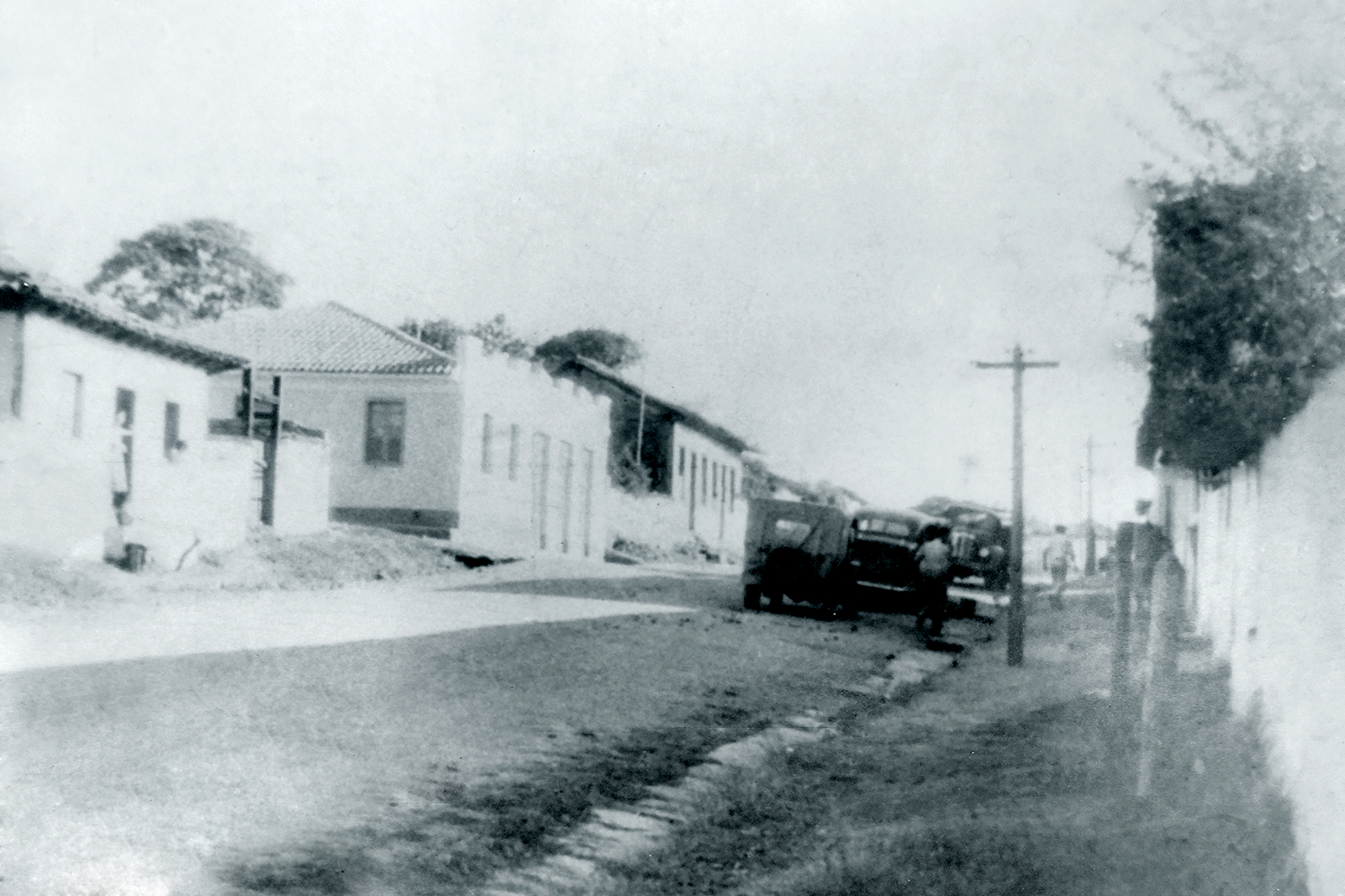
.png)
.png)
Studying in Luziânia: the Campus and the city of “fazendinha JK” and of Santa Luzia marmalade
The implementation of the Luziânia Campus was unanimously approved by the Goiás Board of Education in September 2022. The campus is housed in a modern and stylistic building on a privileged location, at Sara Kubitschek Avenue, Block 20, Lot 1/2 Sector North, with five floors.
One of these floors houses the Anatomy, Morphofunctional, Operation Technique and Simulations, Microscopes and Semiology Laboratories. On the 1st, 2nd and 3rd floors there will be the classrooms, coordination rooms and professors lounge. The ground floor houses the reception, appointment center, general coordination, directory, administration room, library and an annex for the study room.
The latest of all Campuses, Luziânia received in 2023, its first class of students, initiating a successful partnership that will be reflected in well-being and quality of life for many families, as well as transforming the city’s public health with the actions of the future professionals in the health units.
Luziânia is considered one of the oldest cities in Goiás and the oldest one around Distrito Federal. Established in 1746, it was initially called Santa Luzia, in honor of their patron saint. Mining was one of the first discoveries in the region, and from it the area started being populated in the mid XVIII century. In 1833 it went from being settlement to a village, and, soon after, in 1867, started being considered a city, being called Luziânia.
The transfer of the country’s capital city from Rio de Janeiro to Planalto Central was also very important, through the lens of the city’s development, including population growth. The then president, Juscelino Kubitschek, also had his roots in the city, being the owner of a farm in Luziânia, known as “Fazendinha JK”, that preserves relics and historical artifacts, such as a house and chapel projected by Oscar Niemeyer.
Luziânia is the 5th most populated city in Goiás and also the 5th biggest economy in the state. Its total area is 3.961,099km, having an estimated population in 2021, according to IBGE, of 214,645 inhabitants. Luziânia has some tourist and cultural attractions: Nossa Senhora do Rosário Church, Rosário Street casarões, Morro da Canastra, Palácio das Andorinhas, Saia Velha waterfall, Serra dos Angicos, Rio Corumbá Channel and Corumbá IV powerhouse lake.
When visiting Luziânia, one cannot forget of visiting some places such as: Colônia waterfall, Três Vendas waterfall, Morro Canastra and Canastrinha, Santa Maria river, Andorinha valley (Cedar Farm), Corumbá straight, Cabaças stream or Porta do Céu, Divino Espírito Santo Celebrations, Luziânia Cavalhadas, São Benedito Party and Nossa Senhora do Rosário Party.
Luziânia is also known for its traditional Santa Luzia marmalade, an artisanal sweet typical of the region, now a Cultural Patrimony of Goiás. The traditional sweet came to the state at the end of the 18th century and the tradition was passed generation to generation.
Nossa Senhora do Rosário Church
Considered to be the city’s main symbol, the church is located in Rosário neighborhood, next to the city’s downtown area. The church was built by slaves in the XVIII century. Popular rumors state that under the church are buried the slaves that participated in the construction of the church. The Cruz do Desbravador is located in front of the church.
Culture House
The Culture House is located at Rosário street. It houses a significant collection of objects used in the past, photos and also artistic productions that represent the city’s culture and the old traditions through objects historically invaluable.
Três Bicas Square
Craftsmanship is of great regional expression to the region and transmits all the native culture of Goiás, that stem from the beginning of the gold cycle and great farms. It shows the complex local culture, always making family participation evident. The Três Bicas Square is in the downtown region, in the city’s most noble area.
Fazendinha JK
Located 13km from Luziânia, 70km from Brasília and 200km from Goiânia, Fazendinha JK is an old property of former president Juscelino Kubistchek. The house is the only project by Oscar Niemeyer in a rural area, with a reduced replica of Palácio da Alvorada.
When selling the farm, Sarah Kubistchek requested the buyers that they preserve the house, the furniture and the objects, and that is why everything has been kept intact until today, including the silverware, gifts, furniture and library, made up of over 2 thousand titles, a good part of them with inscriptions dedicated to Juscelino.
Another interesting component of the place is the 1963 Mercedes Benz used in Juscelino’s presidential campaign. The farm also has a beautiful garden projected by Burle Max. 50 meters away from the house there is a lake with crystal clear waters, an artificial beach built by Juscelino himself, where visitors can swim.
History
During Brazilian colonial period (mid XVIII century), several bandeirantes from São Paulo left to explore the regions away from the shore. That is when they discovered several veins in the region where the state of Goiás is currently located. They discovered gold in several regions.
When looking for new gold mines, the bandeirante from São Paulo, Antônio Bueno de Azevedo left Paracatu going northwest until getting close to São Bartolomeu River. After three months, he went west and reached the margins of a stream, noticing that the bed of the river had golden nuggets. On the following day he erected a cross and dedicated the mines and the future village to Santa Luzia. The mines attracted so many people that in less than a year the settlement had more than 10,000 people.
The first service was celebrated in 1746, by priest Luiz da Gama Mendonça and watched by over 6 thousand miners. Elevated to the category of Comarca Eclesiástica in December 6, 1758, its first vicar was father Domingos Ramos. On April, 1758 began the construction of a stream, called Saia Velha, to make mining easier. The stream was 42 kilometers long and was made in two years by thousands of black slaves.
The first center of the settlement was already called Arraial de Santa Luzia at the end of the XVIII century. At the end of the XVIII century, mining started to decline and many families moved to the rural areas, dedicating themselves to agriculture and raising livestock.
The execution of the last free man in Brazil before the death penalty was abolished also happened in Luziânia. José Pereira da Silva was hung in the São Caetano farm at the “Forca da Mangueira”, then village of Santa Luzia, on October 30, 1861.
The curiosities regarding Luziânia can also be read as “cordel”. The “Curiosities of Luziânia in Cordel” is available for purchase on the main platforms.
“Luziânia is our newest home, where we built a completely equipped building to welcome our academics. We are happy in being a part of the community of Luziânia and contributing to the city’s public health”, highlights the Rector, professor Alberto Barella Netto.
Com 52 anos de história, a Universidade de Rio Verde consolidou-se como uma das maiores e mais respeitadas instituições de ensino superior do Brasi...
A Universidade de Rio Verde realizou na noite da última sexta-feira, 10 de outubro, no Centro de Convenções, a Cerimônia do Jaleco da 28ª ...
A Universidade de Rio Verde Campus Goiânia segue ampliando fronteiras e fortalecendo sua presença no cenário acadêmico nacional por meio das a&c...
Com o propósito de promover inclusão, esporte e transformação social, o Projeto Natação Paralímpica Marina Magalhã...
Acadêmicas de Medicina da Universidade de Rio Verde se destacaram durante a 49ª Jornada Goiana de Ginecologia e Obstetrícia e o 13º Congresso Goian...